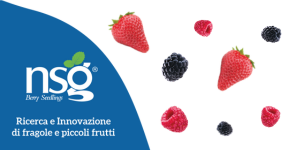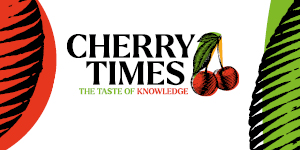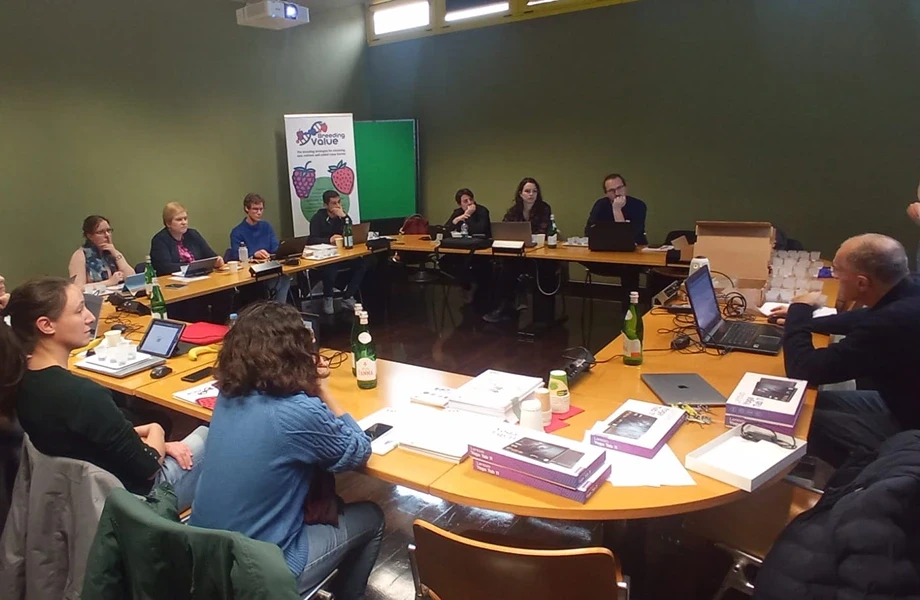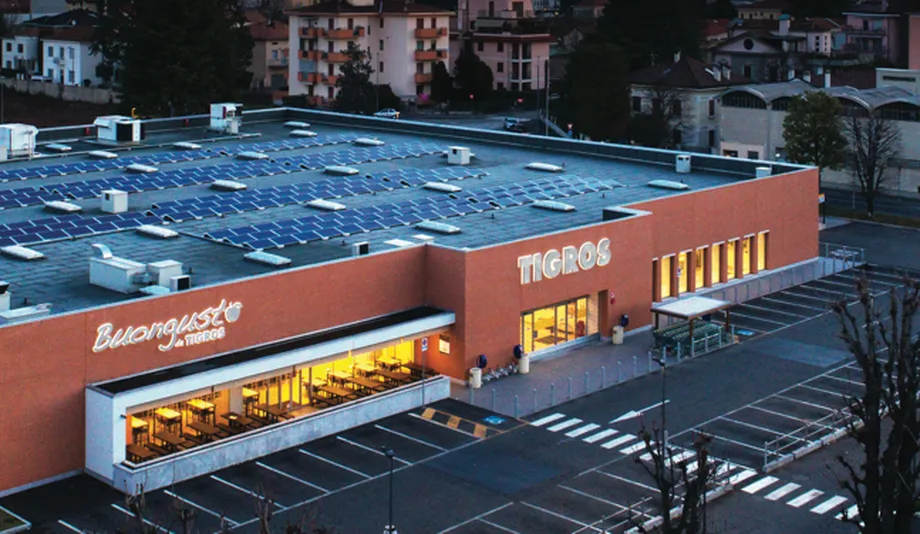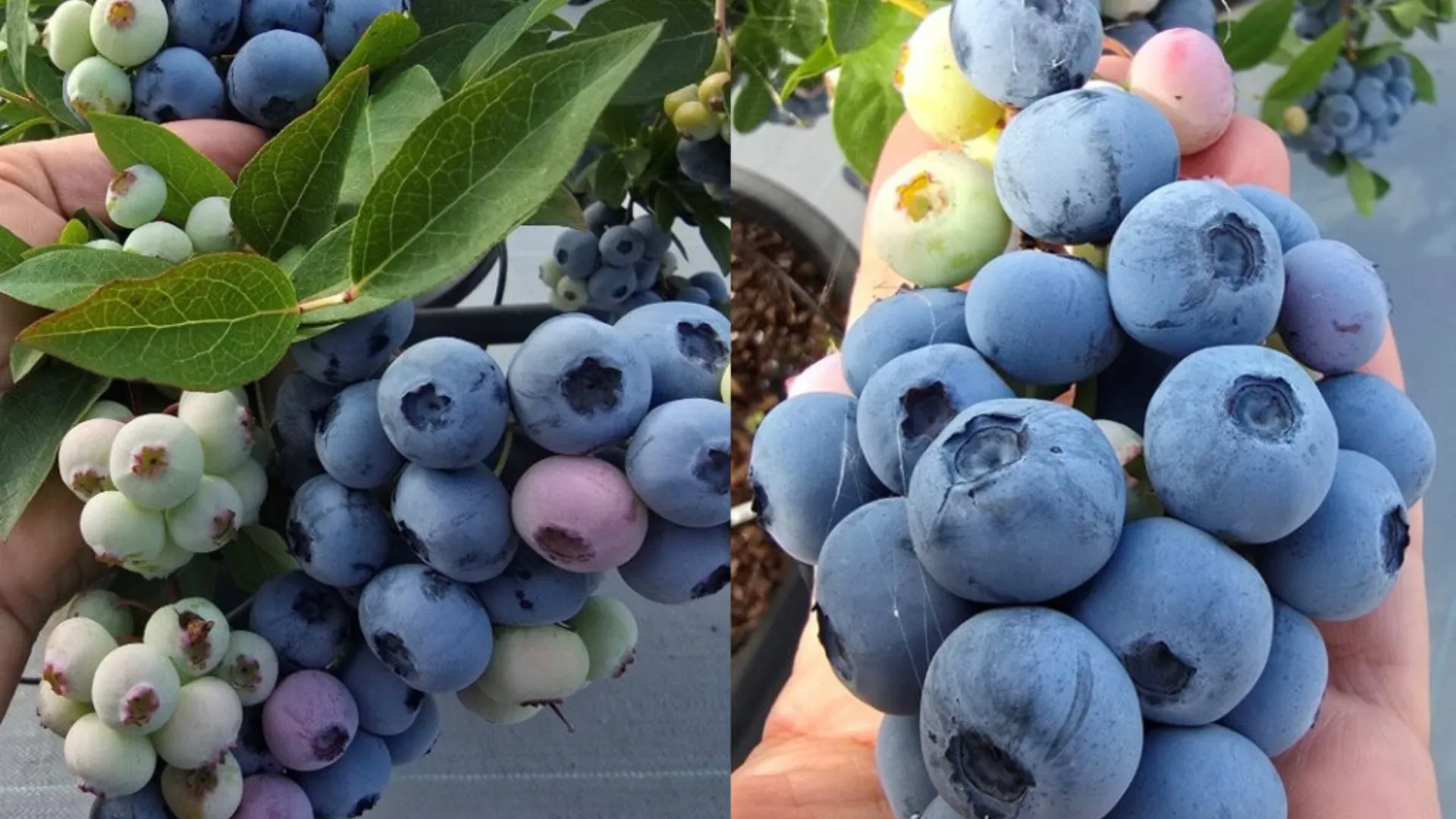In June 2025, the international project ‘Breeding Value’ (Horizon 2020) dedicated to berries—raspberries, strawberries, and blueberries—will officially conclude. Bruno Mezzetti, project coordinator and professor of Arboriculture and Tree Crops at the Polytechnic University of Marche, is finalizing the results of a 54-month-long effort.
Many results have been achieved: “We have analyzed the germplasm preserved in conservation centers and integrated it into the main breeding programs for strawberries, raspberries, and blueberries.
The Objectives of the Breeding Value Project
The objective,” stated Bruno Mezzetti, who previewed the main results of Breeding Value to Italian Berry, “was to identify genetic sources for key traits related to resilience and fruit quality to combine them with commercially desirable traits, defining new strategies to create new pre-breeding materials that accelerate the development of new commercially viable varieties.”
“Overall,” Mezzetti continued, “European genetic variability is high, even compared to that of the United States. However, the situation varies among the three species.
For strawberries, we analyzed and characterized 1,500 different accessions—a large number. For raspberries, we examined just over 100, while for blueberries, fewer than 100. Nevertheless, we have great potential to improve our varieties and utilize the genetic resources available. All the screening and characterization work is now available in the public database, the Germinate BreedingValue Database.
The ‘Breeding Value’ pre-breeding project aimed to enhance the capacity of European breeding programs to develop new, more competitive strawberry, raspberry, and blueberry cultivars that are more resilient and have higher sensory and nutritional quality for consumers. The idea is to align the needs of producers and the market with those of consumers to boost the competitiveness of the European berry sector.
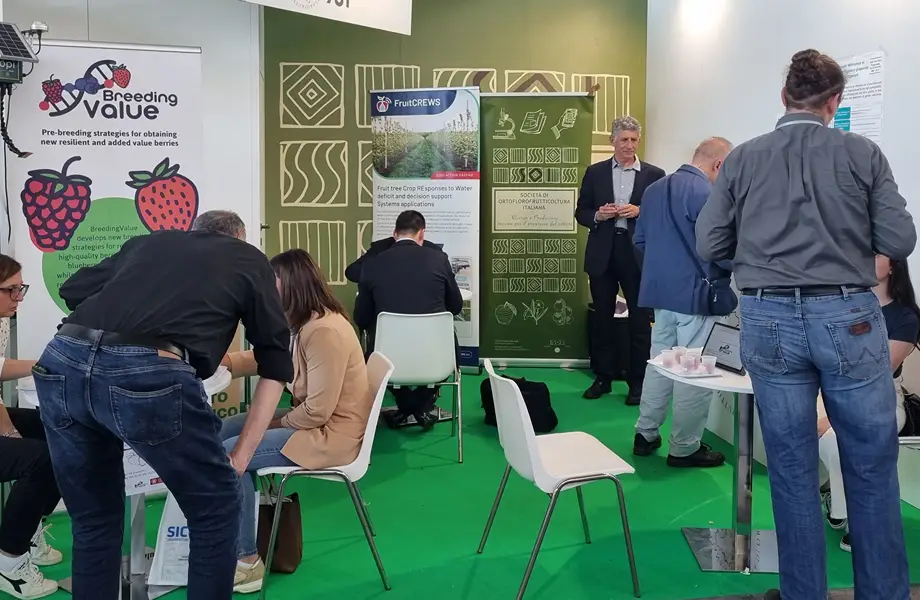
International Partners
Launched in 2021, the project was funded by the EU with €6.98 million. It involved 20 partners from 8 countries: Finland, Norway, the United Kingdom, Spain, France, Italy, Turkey, and Germany. These partners include research centers, public and private institutions, as well as companies. In Italy, besides UnivPM, participants included CNR-IBE, C.I.V, and Sant’Orsola.
In addition to the official partners, during the course of the project, the BreedingValue team involved 10 additional stakeholders across Europe, including Geoplant Vivai and G-Berries. “We engaged various types of companies and research centers across Europe to validate new technological tools for genomic analysis applied to breeding, as well as sensory evaluation of the fruits,” Mezzetti told Italian Berry.
Workshop to Share the Results
To share the results with stakeholders and anyone interested in berries, two main events will be held in the coming months, open to the public, including consumers. The first will be primarily for industry professionals, a workshop titled ‘Advancing Berry Breeding: From Phenotyping to Genomic Innovation,’ scheduled for April 2-3 in Ancona. On April 4, a field visit is planned at C.I.V in Ferrara. The project program can be found at this LINK, and registration is available at this LINK.
“During the workshop,” Mezzetti told Italian Berry, “we will summarize the knowledge developed from the analysis of the European germplasm of strawberries, raspberries, and blueberries, findings on the genetic diversity available in Europe, new phenotyping tools designed to speed up and refine germplasm characterization and new breeding materials. We will also share information on consumer preferences regarding fruit sensory quality. Finally, there will be a public presentation of the Germinate platform, which is of great interest to researchers, technicians, and consumers interested in exploring the vast amount of data generated by the project.”

Breeding Value at the Berry Area of Macfrut 2025
The second dissemination event will be during Macfrut in Rimini, from May 6 to 8. “At the Berry Area of Macfrut, we will have a booth,” Mezzetti continued, “where we will involve Italian partners such as CNR-IBE, as well as the companies that were part of the project, along with some international partners. A conference will present the main results to the broader audience of the fair, and we are organizing a consumer panel test.”
The goal of producing European strawberry, blueberry, and raspberry varieties that enhance the sector’s competitiveness was a primary focus for researchers. The European berry industry has substantial potential, and growing awareness of the health benefits of berry consumption has further strengthened market prospects. Growth projections are promising. According to Eurostat data, the European Union produced 700,000 tons of berries in 2022, with strawberries accounting for about half of the total production. The global strawberry, raspberry, and blueberry market, according to FAO 2023 data, was valued at just over €30 billion, with the European market estimated at approximately €5 billion in the same year.
Genetic Sources for Breeding Planning
“The characterization and enhancement of germplasm and the new pre-breeding materials obtained for strawberries, raspberries, and blueberries included,” added Mezzetti, “the study of commercially significant traits such as fruit size, firmness, and yield, alongside resistance to diseases and environmental stresses, without neglecting quality aspects. Often, companies involved in berry breeding do not have the possibility for long-term programs needed to recover new genetic sources from germplasm distant from commercial varieties.
Crossbreeding programs and phenotyping studies have produced new pre-breeding materials, including populations and advanced selections that are very useful in obtaining new genetic material, different and more competitive than what is currently available on the market. Much of this material, in fact, is publicly available,” specified Bruno Mezzetti.
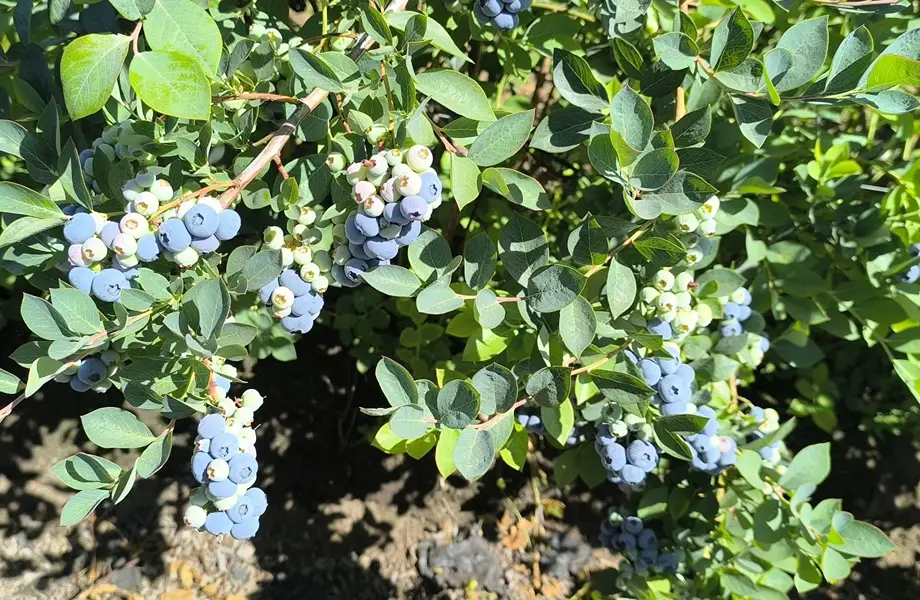
Blueberry Breeding is Lacking in Europe
Among berries, blueberries have seen the most significant growth in Europe in recent years. According to FAO estimates, the cultivated area of blueberries in Europe, as a continent, has more than doubled in 10 years, increasing from 12,795 ha in 2012 (estimated data) to 30,565 ha in 2022. However, few genetic improvement programs are currently active for blueberries in Europe: “There is work to be done on blueberries. We struggled to find partners that were at an advanced stage of breeding programs for blueberries.
This project was also important for raising awareness among different groups involved in genetic improvement about the necessity of developing new varieties. Breeding Value contributed to characterizing European blueberry germplasm and laying the groundwork for launching new programs with more qualified genetic materials.
The goals for blueberry improvement are agronomic, aiming to expand cultivation adaptability in different environments and improve fruit quality, particularly size, moving toward blueberries that can be eaten individually, with fruits weighing over 10 grams. The focus is also on sensory quality.
Thanks to the Breeding Value project, we have helped to describe the qualitative traits of blueberries, such as the “pop crisp” fruit, which bursts in the mouth when bitten, releasing distinctive aromas. However, combining fruit size with taste quality is not easy—several genes are involved, and we still do not have a precise description of genetic control.”
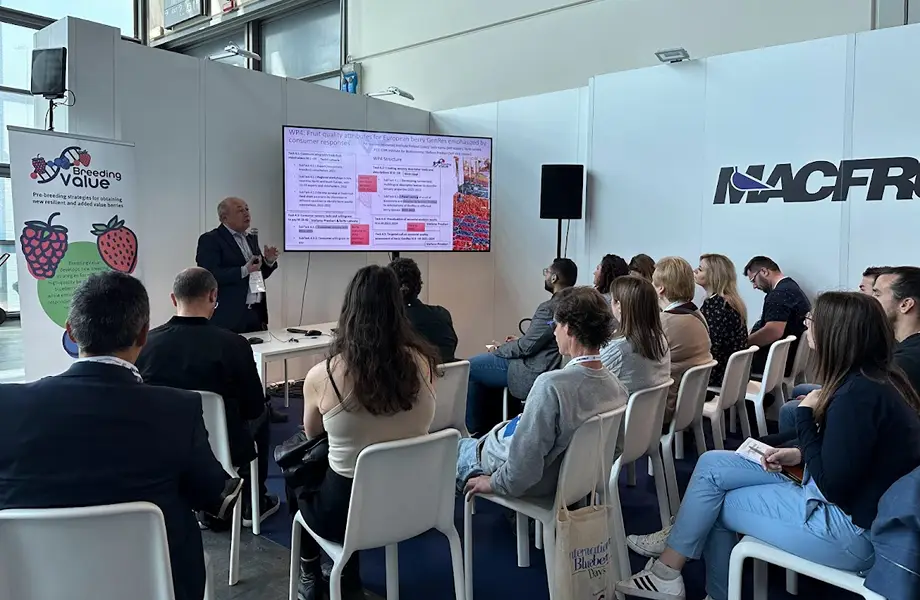
The Great Biodiversity of Strawberries
Strawberry breeding in Europe has a long history , which is likely why the project characterized 1,500 accessions: “We were aware,” confirmed Professor Bruno Mezzetti, “of the great biodiversity of strawberries, from wild to cultivated varieties, and we knew about the extensive variability.
Through the project, we have described the evolution of strawberry breeding, better labeled and identified genetic resources based on key traits: disease resistance (such as fungal resistance), fruit firmness, soluble sugar content—factors that allow relatively precise control of shelf life—and the genes underlying sensory qualities.
p>We have made a substantial contribution in generating much broader phenotypic and genotypic data. For example, we identified the remontancy gene, meaning that we can now convert a single-bearing variety into an everbearing one or accelerate breeding programs by using it as a marker.”
While the remontancy marker was identified for strawberries, several studies were conducted on the available raspberry germplasm: “It is certainly of interest,” continued Professor Mezzetti to Italian Berry, “to expand raspberry adaptability to different production areas, improve climate resistance, and adaptability to various soils. We also worked on shelf life, analyzing raspberry fruit elasticity with specific tools, a key trait in determining shelf life.”
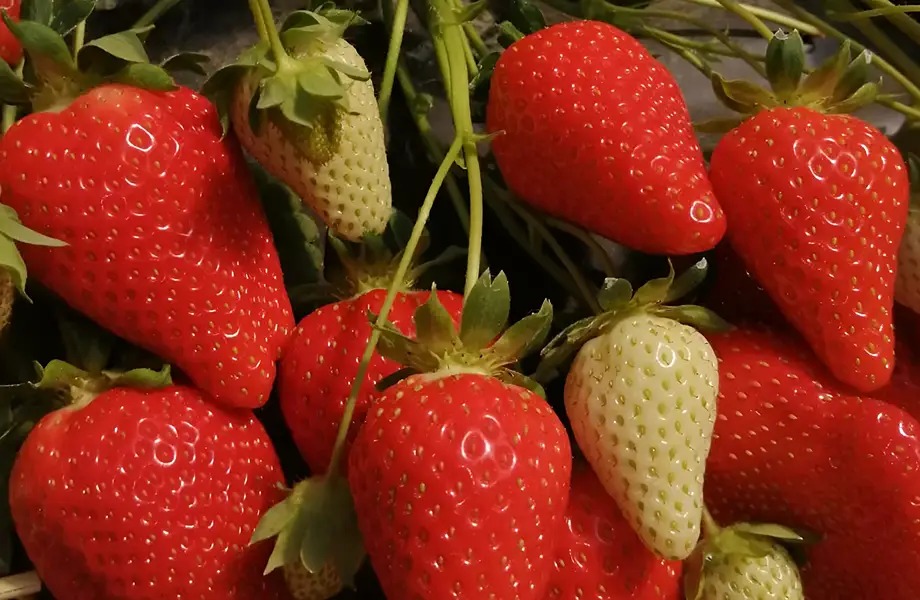
<
A Step Forward in Genetic Selection Tools
One of Breeding Value’s primary goals was also to improve genetic selection efficiency through technological tools: “The idea was to gather as much information as possible on the available genetic material and then provide breeders with the tools to decide the best genetic improvement approach. Through genomic studies, we identified germplasm, varieties, and selections that are the best candidates to become future parents due to their ability to transmit specific traits to offspring (breeding selection),” concluded Bruno Mezzetti, project coordinator and professor of Arboriculture and Tree Crops at the Polytechnic University of Marche.
“Additionally,” he continued, “we have identified new markers that can facilitate selection, enabling a higher combination of important agronomic traits in plants and fruits. We have also utilized tools to facilitate non-destructive variety screening, allowing faster measurement of specific qualitative traits. The project contributed to the development of these analytical tools, such as NIR spectroscopy and image analysis.” The future is increasingly geared toward Artificial Intelligence (AI), and the data, knowledge, and tools generated by the project will be fundamental in facilitating the application of AI in future berry breeding programs.
Barbara Righini
Berry AreaThis article is part of a series dedicated to Berry Area in co-operation with Macfrut 2025. This content is in support of the event which will take place May 6-8, 2025 in Rimini Expo Centre, where the Berry Area stands as a reference point for all those seeking innovative solutions for the production and marketing of berries. 👉 Learn more about the Berry Area at this link. |




